
“You don’t understand! I could’ve had class. I could’ve been a contender. I could’ve been somebody.” Marlon Brando’s famous lines from the movie “On the Waterfront” could have been written about the Ro80. Launched in 1967 as the first mass=produced car with a rotary engine, the car was a massively ambitious project for NSU. Sure, the “Wankel Spider” and Mazda Cosmo came before, but both were small volume specialty cars. This was meant to be the real deal.
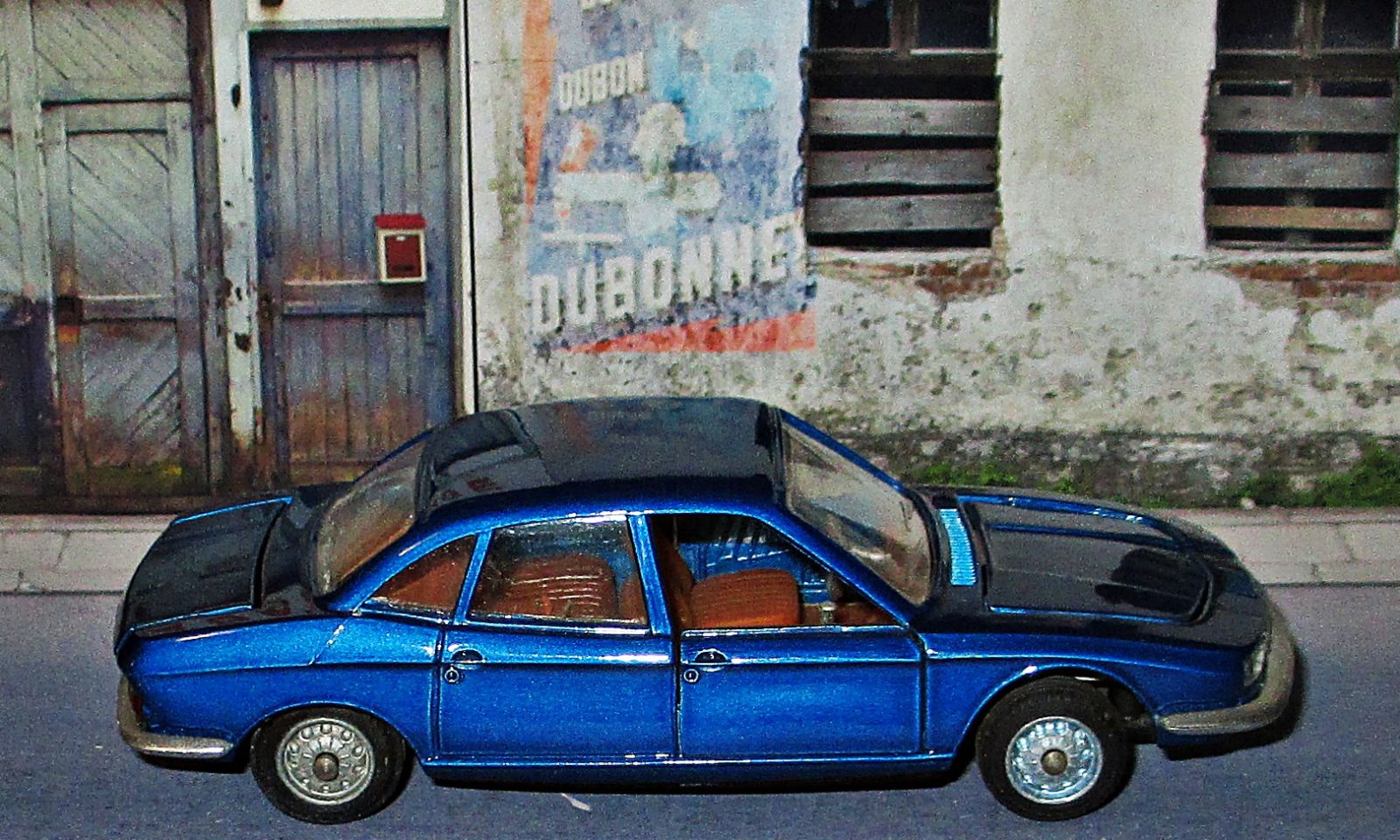
NSU was the world’s largest manufacturer or motorcycles in the 1950s, and also had a line of small cars (the “Prinz” models) which sold reasonably well. But in order to survive, NSU needed to expand and find the next big thing. And in their mind, they had found it in Felix Wankel’s Rotary Engine. After initially installing a one-rotor version in the small volume Wankel Spider, NSU went all in by developing a large (by Euro standards), expensive sedan with a very advanced (for the time) design. The car was penned in house by Claus Luthe, who later worked for BMW and designed the E30 3-Series and E31 8-Series of cars.
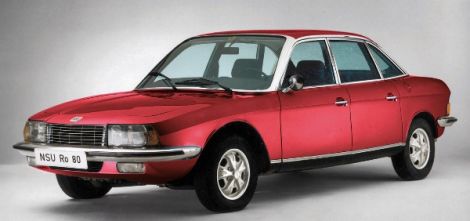
The press loved it, there were rave revues, and it was voted “Car of the Year” in 1968 by German motoring journalists. But the car struggled to find buyers for two reasons. First was brand recognition: NSU was known for its small, rear-engined cars, and most people were not prepared to pay BMW or Mercedes money for something so radically different with an NSU badge.
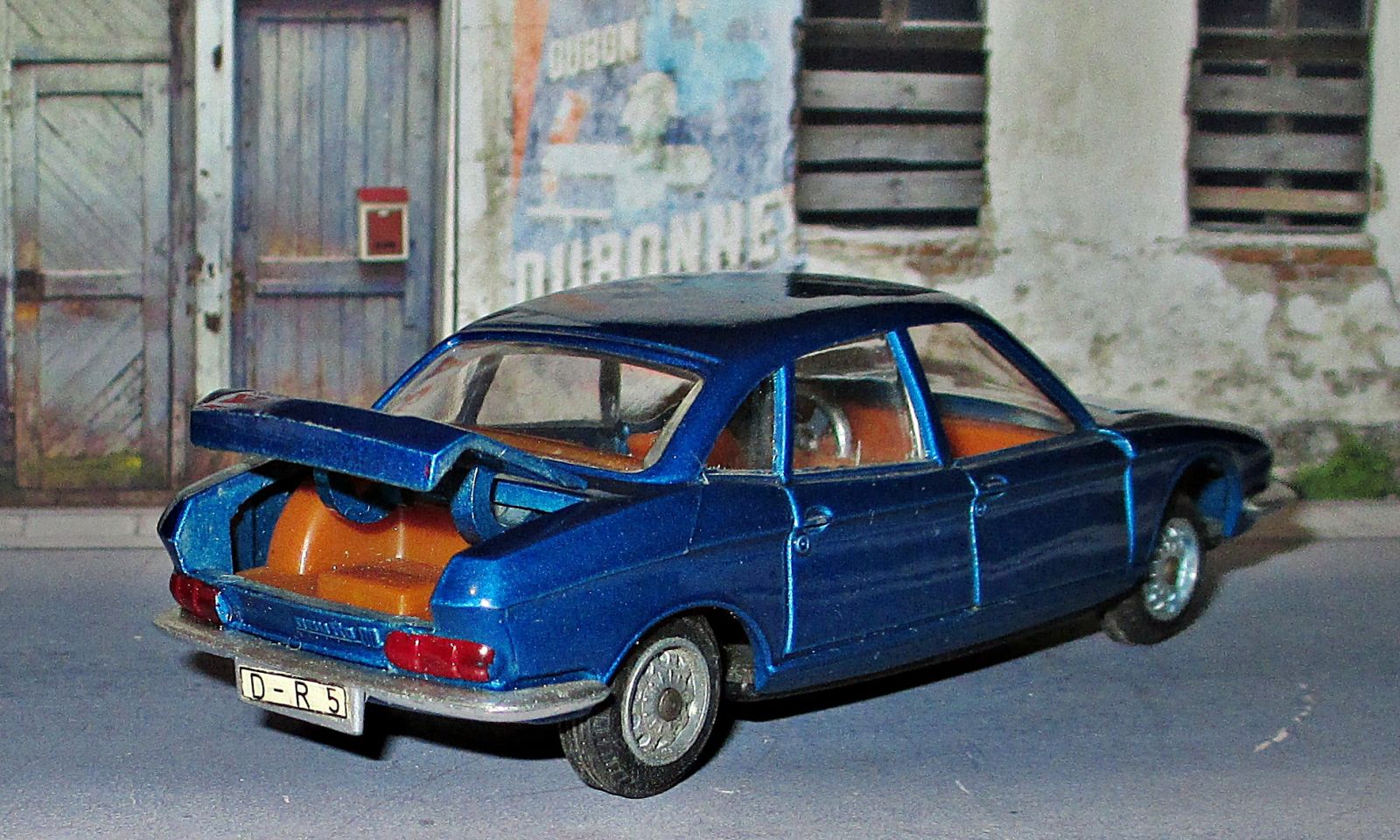
Then there was the car’s early reputation for unreliability. The Ro80 suffered from construction faults, among many other problems, and some early cars required a rebuilt engine before 50,000 kilometres (31,000 mi), with problems arising as early as 24,000 kilometres (15,000 mi). All three-piece rotor tip seals were made out of the same material. This design fault caused the center section to have higher abrasion at cold starts than the corner pieces and the tip seals could push together, allowing the gas to blow past. With a changed tip seal design this was eventually solved - but too late to save the car’s reputation. The warranty claims nearly drove NSU into bankruptcy.
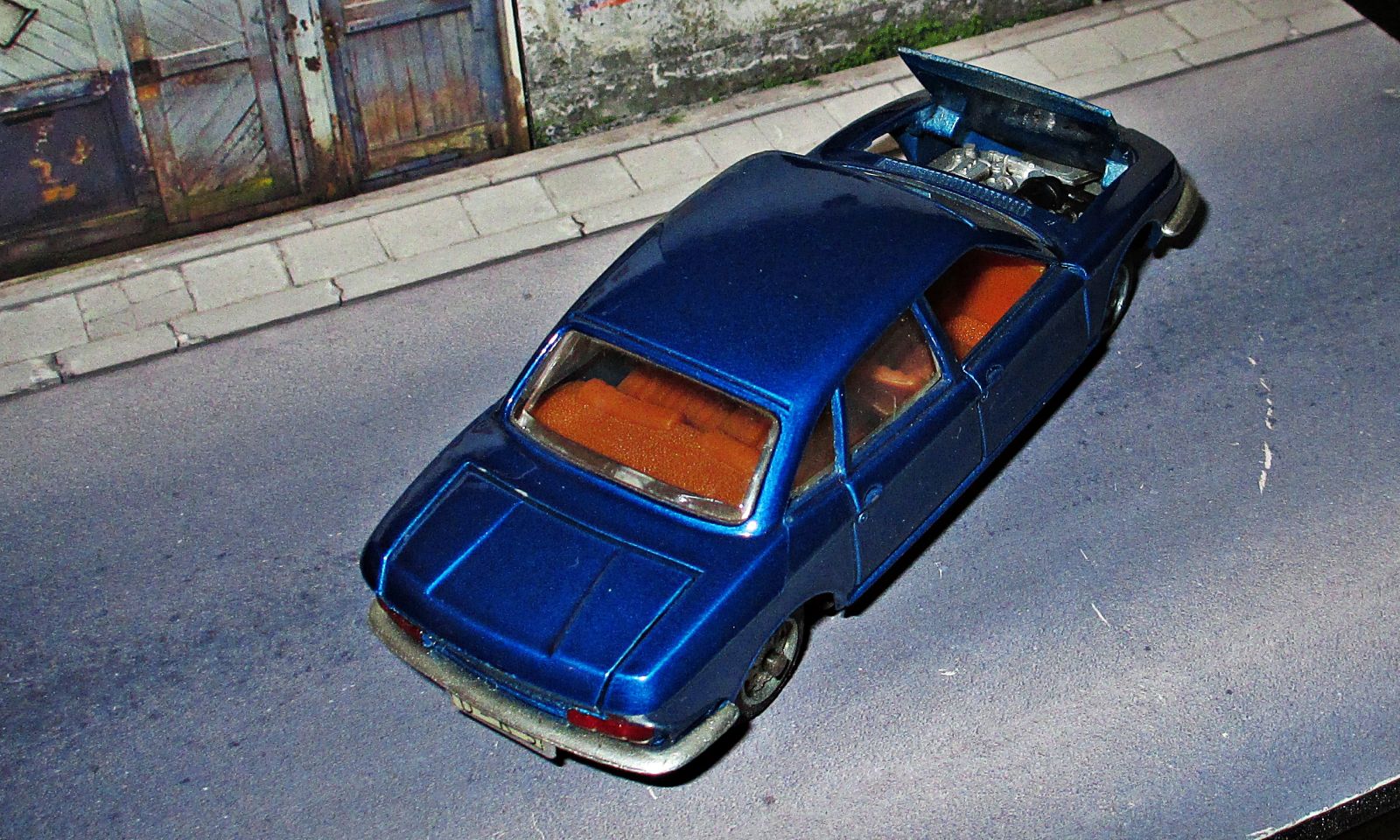
And then came the oil-crisis, which didn’t help as the Rotary Engines were thirsty. And so, in 1969, NSU was bought out by Volkswagen and integrated into the Audi brand. Ro80 production limped on until 1977 in low numbers. Despite the 10 year production run, only less than 38,000 units were produced. However, a lot of the design elements of the Ro80 were later revived in Audi’s very successful 1982 re-design of the Audi 100:
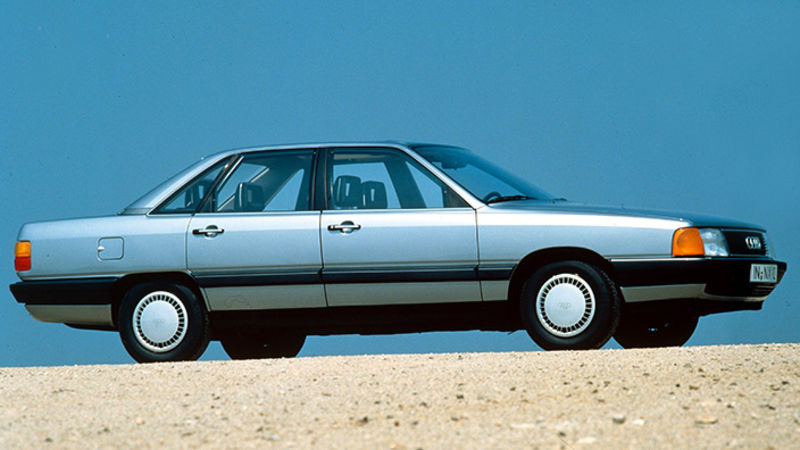
This model is a 1/43 by Italian brand “Mebetoys”, which has itself quite an interesting history. The brand was started by the Besano brothers sometime in the 1960s. In 1969, Mattel bought the brand. The 1/43 models were offered as the “Gran Toros” in the USA. Gran Toros were part of the popular Mattel Hot Wheels series and were sold in Italy as the Sputafuoco series and in Germany as “Heisse Räder Supergross.” Hot Wheels were known as Ruote Brucia Pista in Italy. Some Hot Wheels models were also sold in Europe under the “Mebetoys Flying Colors” label.
After selling out to Mattel, the Besano brothers started to make diecast again under the “Martoys” and “Bburago” labels.
Although the quality isn’t at all great by today’s standards, Mebetoys were well regarded in their day and an MIB example can be surprisingly expensive today - especially something like the Porsche 912 “London-Sydney Rally” or a Toyota 2000GT. These run into the hundreds of US$ today.
